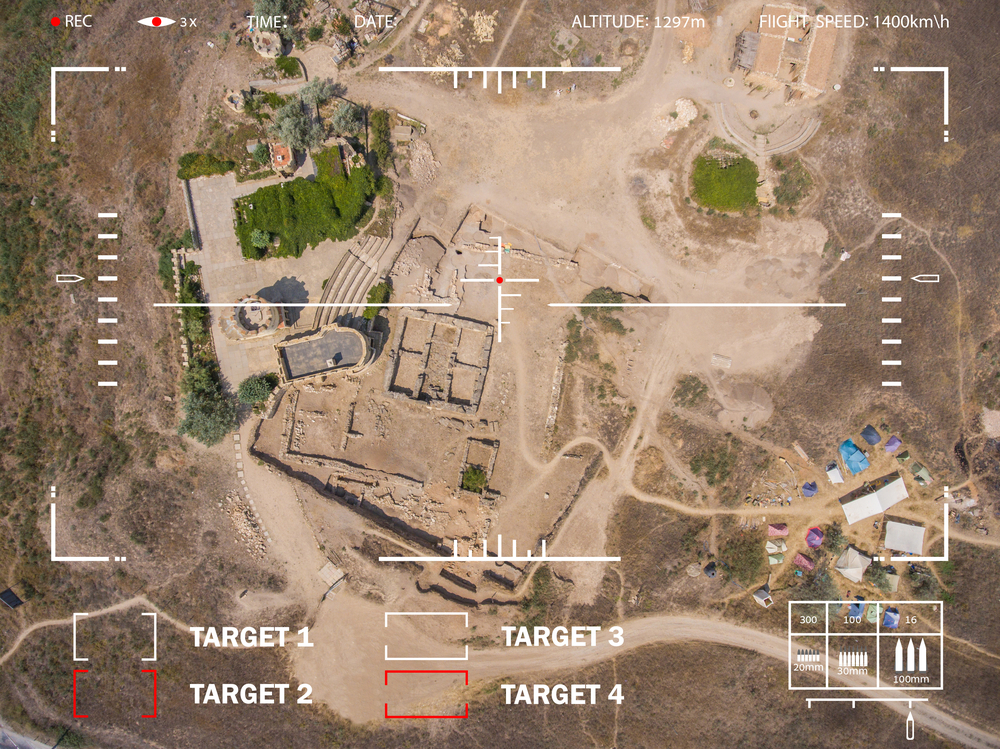
The Air Force Research Laboratory Munitions Directorate has issued a broad-agency announcement for the Air Delivered Effects project. Air Delivered Effects will be a five-year project consisting of 20 separate research topic areas involving:
- Autonomous target recognition – seeker hardware and software technology for conventional guided weapons that uses signal and image processing; pattern recognition; computer vision; deep learning; machine learning; and cooperative weapon seekers able to hand-off targeting information to one-another;
- Weapons autonomy technology research – bio-inspired sensing and wide-field-of-view seeker hardware and software algorithms for use in contested environments. These technologies are expected to lead to improved situational awareness; scene generation; decentralized high-level cognitive functions; graceful performance degradation; and reconfigurable operation;
- Cyber resiliency security research for precision-guided munitions – using cyber security to defend advanced air-delivered munitions and weapons networks from enemy computer hackers;
- EO/IR, ladar, and semi-active laser system research – the development of electro-optical sensors for imaging and non-imaging electro-optic, infrared, LADAR, and semi-active laser systems. Areas for development include: optical sources; detectors and readout integrated circuits; beam pointing and scanning; wide-field-of-view and multi-aperture techniques;detection schemes; and discrimination, ranging, and acquisition systems;
- Navigation and estimation technology – Global Positioning System (GPS)-enabled and alternative position, navigation, and timing (PNT) technologies for independent and network-enabled weapons. Specifically of interest are anti-jam techniques; and sensor aiding such as passive electro-optical sensing; passive millimeter wave, magnetic, and external radio frequency sources; and active sensing of altitudes, speeds, environments; size, weight, power, and cost (SWaP-C) restrictions;
- Multi-function, multi-mode radar research – the development of components, systems, and software to improve the performance and reduce the cost, size, weight, and power consumption of future multifunction radars for sensor and communications; and
- Modular open systems research – developing ways to obtain fast and inexpensive solutions for air-delivered weapons using open-systems standards like Weapons Open System Architecture (WOSA) and Open Seeker Architecture (OSA).
